Today's highlights included bowhead whales, an Arctic tundra hike, and an ice island. I will incorporate the ice island highlights into the next journal along with the glaciers of Icy Inlet.
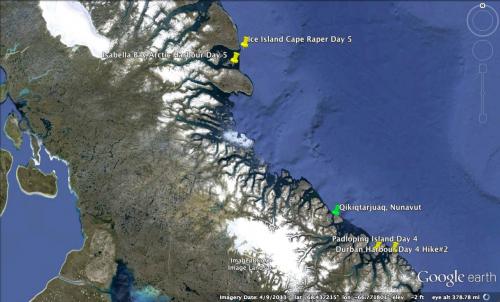
Bowhead Whales - August 15, 2013
On the way to Isabella Bay and Arctic Harbour in Baffin Island, we saw our first bowhead whale of the trip. The whale presented itself with several spouts of air, showed its mouth, and then eventually showed its fluke before diving for thirty minutes or more. Bowhead whales are very skittish because they were commercially hunted for a long time. Worldwide populations of the whale prior to commercial hunting were estimated at 30,000-50,000. By 1920 the population was down to 3,000. Commercial hunting was ended in 1921 and is now populations are estimated at between 7,000-10,000.
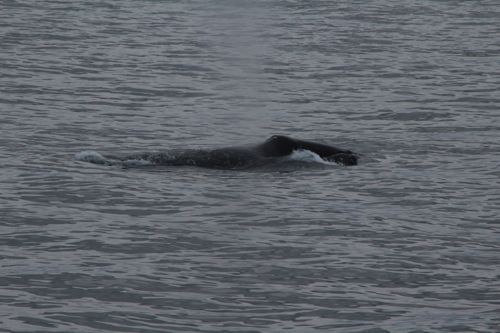
Bowhead whales are baleen whales that feed on zooplankton, which includes copepods, euphauslids, mysids, and other invertebrates and fish. Bowheads have a massive bow-shaped skull that can come up and crack the ice. They lack a dorsal fin. Adult whales can reach 45-60 feet long. Bowhead whales can live over 150 years old. This was determined because of work done by scientists in collaboration with subsistence Inupiat Eskimo hunters in Barrow, AK. In 2007, a whale was harvested with an 1879 patented harpoon fragment inside it, which aided in this age determination.
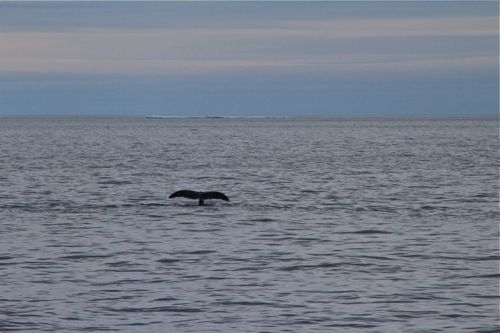
Isabella Bay and Arctic Harbour TundraA treeless area between the icecap and the tree line of arctic regions, having a permanently frozen subsoil and supporting low-growing vegetation such as lichens, mosses, and stunted shrubs. Hike - August 15, 2013
Our morning landing was in Isabella Bay. My roommates and I opted for a long hike that took us on a circuitous route, starting with gravesites from whalers who lost their lives in 1875.
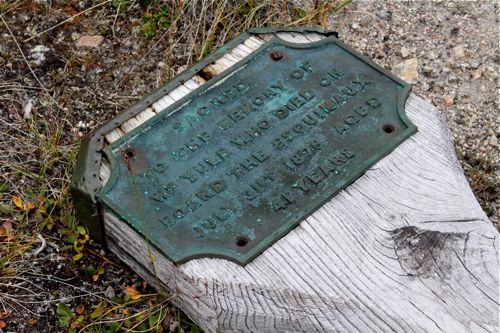
We followed the spit around the fjord and up a hill where we encountered an inuksuk (pronounced inukshuk), or rock cairn. The Inuktitut word means "likeness of person." They are common throughout Nunavut and serve many purposes, some of which are to guide hunters home, indicate where food is stored or to mark an area of significance such as historical markers do in the U.S.
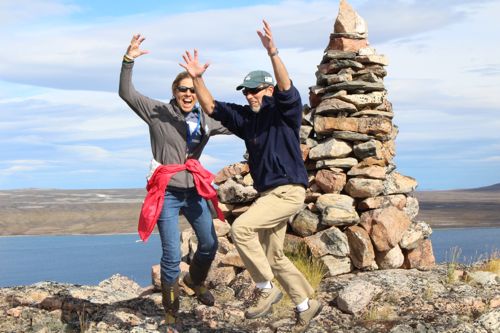
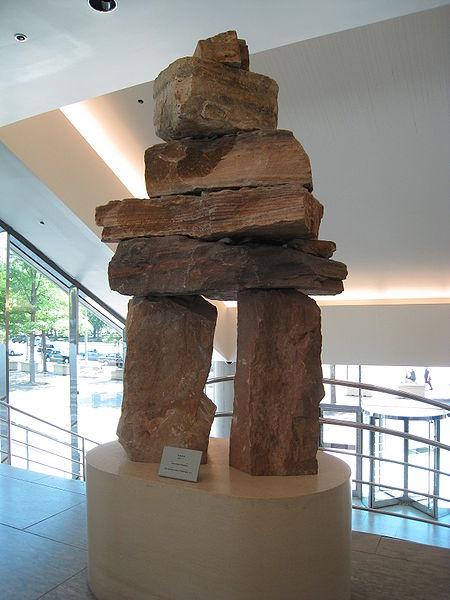
Along our hike our naturalist, Henning Thing, identified several plant species with unique adaptations for the Arctic. One example is the Arctic poppy, which follows the sun throughout the long Arctic summer day. Ravens flew overhead, and Henning shared with us a Greenlandic saying. It is the equivalent of "when pigs fly"— tulukkat qaqortipatta (translation: "when ravens turn white"). As we finished our hike, we discovered the remains of an ancient Thule site, including tent rings and the bones of whales and polar bears. We also did a little bit of beach clean up since we found remains of 20th and 21st Century inhabitants in the form of plastic trash.
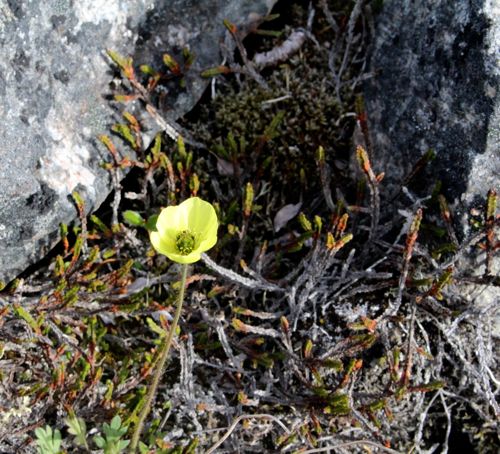
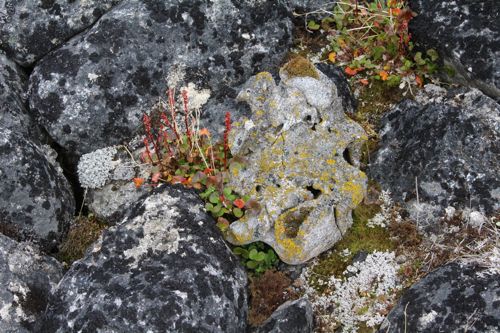
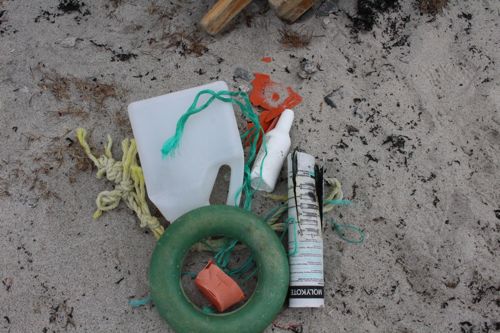


Comments